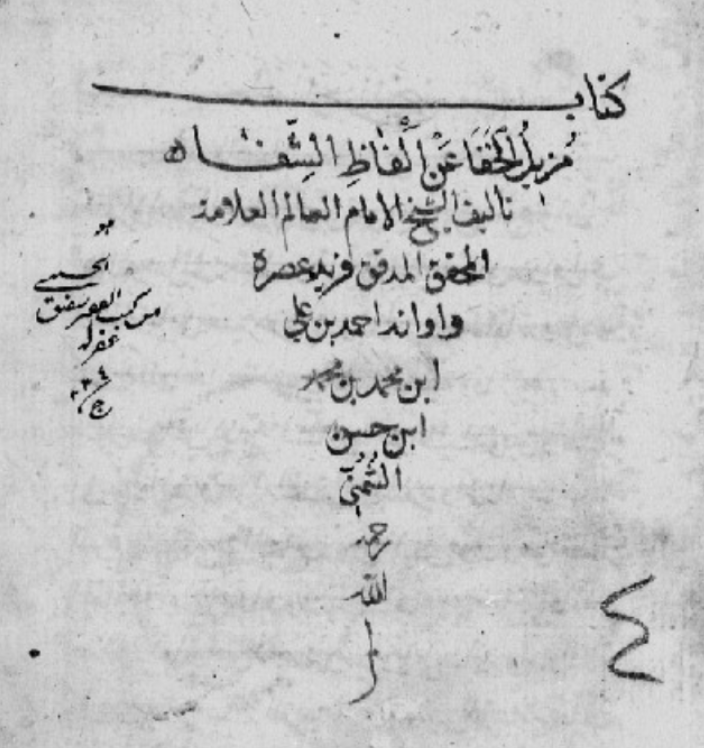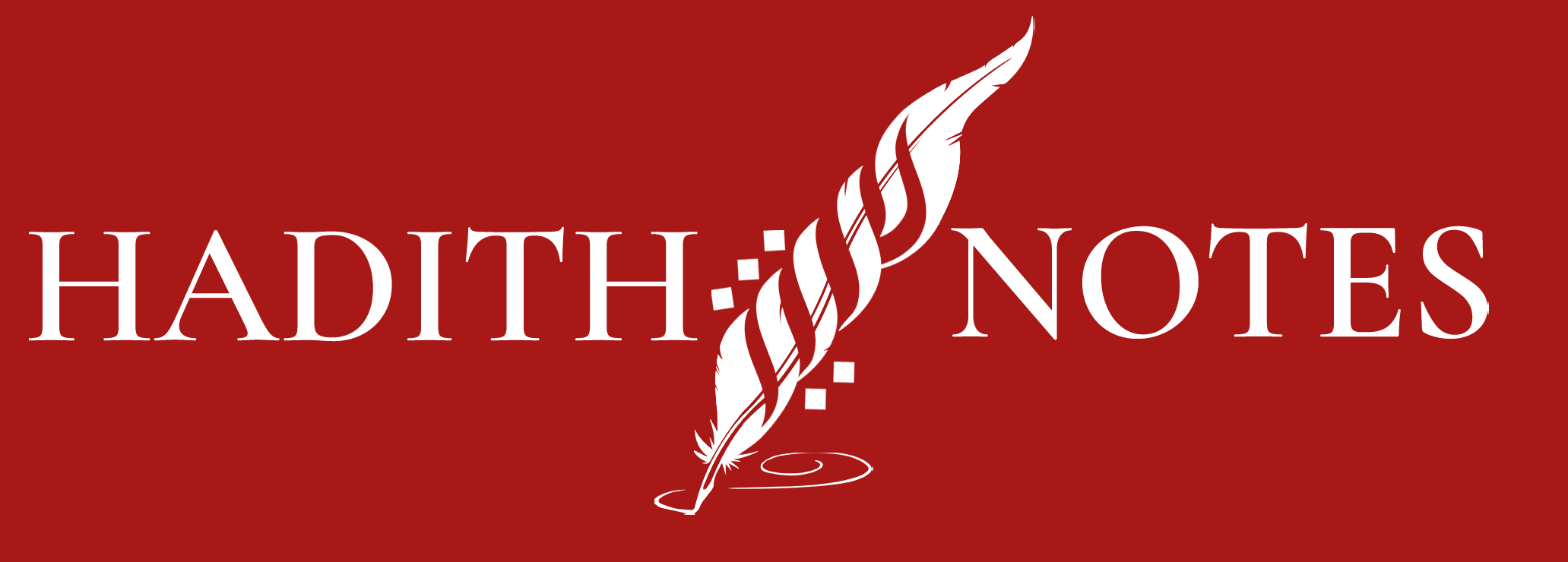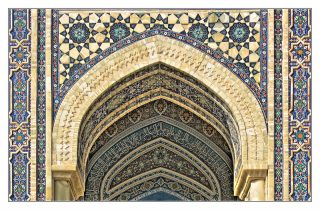
Jalāl al-Dīn al-Suyūṭī (d. 911 AH) shares a remarkable exchange with his teacher Taqī al-Dīn al-Shumunnī (d. 872 AH). In al-Shifā, Qāḍī ʿIyāḍ (d. 544 AH) mentions a particular hadith about the Prophet’s ascension on the authority of Abū al-Ḥamrāʾ, for which he cites the Baghdadi judge Ibn Qāniʿ (d. 351 AH).[1] In his gloss on al-Shifā titled Muzīl al-khafā, al-Shumunnī adds that the hadith is also recorded in Ibn Mājah’s Sunan.[2]
Sometime after reading al-Shumunnī’s comments, al-Suyūṭī searched for the hadith in Sunan Ibn Mājah. To ensure that no stone was left unturned, he went through the entire Sunan three times, yet he could not locate the hadith in question. He eventually found it in Ibn Qāniʿ’s Muʿjam al-Ṣaḥāba.[3] Al-Suyūṭī then presented this information to al-Shumunnī, who immediately crossed out the passage in his personal copy of Muzīl al-khafā. Though he was touched by his teacher’s confidence in him, al-Suyūṭī proposed that he should not haste in omitting the reference, to which al-Shumunnī said, “No, I uncritically took the reference of Ibn Mājah from al-Burhān al-Ḥalabī (d. 841 AH).” Al-Suyūṭī explains, “All the copies written from the Shaykh before this incident have the mistake while subsequent copies contain the necessary amendment.”[4]
Al-Suyūṭī’s close reading of the Sunan thrice before approaching al-Shumunnī concerning the oversight is an inspiring example of scholarship and exactness in correcting others, not to mention a beautiful display of humility. This episode further illustrates the harms of citing a primary reference via secondary sources without locating the original.
In addition to a lesson on the etiquettes of scholarship, there is another benefit that we derive from this episode. The current printed edition as well as multiple manuscripts of al-Shumunnī’s Muzīl al-khafā still contain the incorrect reference to Sunan Ibn Mājah. It appears that the correction did not gain adequate traction. Fortunately, al-Suyūṭī’s tangential note preserved al-Shumunnī’s amendment, which would have otherwise gone unnoticed.

Al-Shumunnī, Muzīl al-khafā ʿan alfāẓ al-Shifā (Beirut: Dār al-Fikr, 1988), 3:202.

Ibid., MS El Escorial Library no. 503, fol. 28r.[5]
It is worth noting that al-Shumunnī’s excuse that he uncritically followed Burhān al-Dīn al-Ḥalabī is misplaced. In al-Muqtafā, al-Ḥalabī writes, “Ibn Mājah narrates Abū al-Ḥamrāʾ’s hadith in the chapter of sales—not the hadith mentioned in the original [al-Shifā].[6] As for this hadith [about the ascension], it is not found in any of the Six Books.” He clearly mentions that the reference to Sunan Ibn Mājah was for an entirely different hadith.

Al-Ḥalabī, al-Muqtafā fī ḍabṭ alfāẓ al-Shifā, fol. 89r, El Escorial Library no. 422.
Since al-Shumunnī does not indicate from which of al-Ḥalabī’s books he took the Ibn Mājah reference, I initially consulted his commentary Nūr al-nibrās before finding the relevant passage in a manuscript of his gloss on al-Shifā titled al-Muqtafā. Though al-Ḥalabī does not discuss this specific hadith in Nūr al-nibrās, I came across an important passage in the chapter on the Prophet’s ascension about using secondary sources for primary references that is worth sharing. In ʿUyūn al-athar, Ibn Sayyid al-Nās (d. 734 AH) mentions a statement of Ibn ʿAbbās that the Prophet (peace be upon him) saw Allah, for which he cites the exegesis of al-Naqqāsh (d. 351 AH). In his commentary, al-Ḥalabī writes that Ibn Sayyid al-Nās took the information in that section from al-Suhaylī’s (d. 581 AH) al-Rawḍ al-unuf. In al-Rawd al-unuf, however, the statement from Tafsīr al-Naqqāsh is attributed to Aḥmad b. Ḥanbal (d. 241 AH), not Ibn ʿAbbās. Al-Ḥalabī then writes, “It appears the author took all of this from al-Suhaylī. Scrutiny is required for the quote of Ibn ʿAbbās—even though Ibn ʿAbbās holds that opinion.” He then offers a possible explanation for the oversight.[7]
Raḥimahum Allāh jamīʿan.
[1] The hadith states that when the Prophet (peace be upon him) ascended to the heavens, he saw written on the Throne, “There is no God but Allah and Muḥammad is the messenger of God; I have aided him with ʿAlī.” The hadith via Abū al-Ḥamrāʾ is recorded in Ibn Qānīʿ’s Muʿjam al-Ṣaḥāba and al-Ṭabarānī’s al-Muʿjam al-kabīr (no. 526, 22:200). Variations of the hadith are found in other sources from Jābir and Anas. Muḥammad Ṭāhir al-Fattanī (d. 986 AH) writes that the hadith is “baseless and a manifest fabrication.” See al-Fattanī, Tadhkirat al-mawḍūʿāt (Damascus: Idārat al-Ṭibāʿa al-Munīriyya, 1343 AH), 97.
[2] Al-Shumunnī, Muzīl al-khafā ʿan alfaẓ al-Shifā (Beirut: Dār al-Fikr, 1988), 1:174.
[3] See Ibn Qāniʿ, Muʿjam al-Ṣaḥāba (Medina: Maktabat al-Ghurabāʾ al-Athariyya, 1418 AH), 3:202.
[4] Al-Suyūṭī, al-Minjam fī al-muʿjam (Beirut: Dār Ibn Ḥazm, 1995), 86–87. Several manuscripts of the book—including an autograph copy— have the title vowelized with a kasra (i.e., al-Minjam).
[5] The same passage is found in at least three other manuscripts located in the Princeton University Library, the France National Library, and the Maẓhar Fārūqī Library in Medina.
[6] Sunan Ibn Mājah (Beirut: Dār al-Risāla al-ʿĀlamiyya, 2009), no 2225.
[7] See al-Ḥalabī, Nūr al-nibrās (Mecca, Jāmiʿat Umm al-Qurā, PhD diss.), 383–384; al-Suhaylī, al-Rawḍ al-unuf (Beirut: Dār Iḥyāʾ al-Turāth al-ʿArabī, 2000), 3:271.


